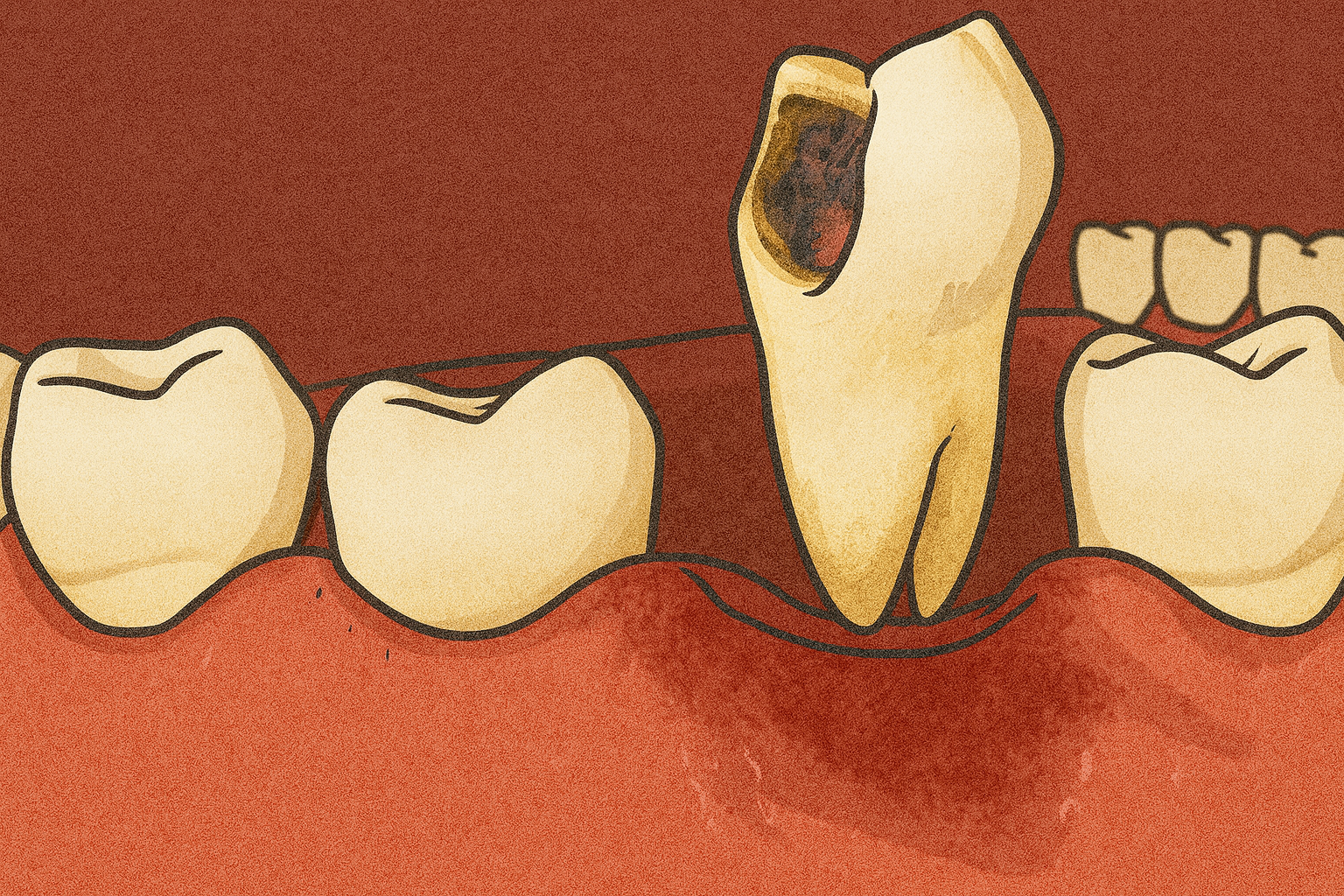Wisdom Tooth Surgery
A gentle approach for a smooth, worry-free experience.
Simple Extraction
A simple wisdom tooth extraction is used for teeth that are fully visible and not impacted.
No surgery is required - the dentist will numb the area with a local anesthetic, gently loosen the tooth, and remove it.
Cost of Wisdom Tooth Extraction (Simple)
General Dentist: $200 to 300 (excluding GST)
Specialist Oral Maxillofacial Surgeon: $250 onwards
Surgical Removal of Wisdom Teeth
When a wisdom tooth does not grow out properly, it is known as an impacted wisdom tooth. Impacted wisdom teeth can cause pain, swelling, or infection, and require a minor surgical procedure to remove.
Depending on the complexity of your case, you may be referred to a one of our Specialist Oral Maxillofacial Surgeons. For anxious patients, sedation options are also available.
Procedure
Local anaesthesia is used to numb the tooth and surrounding gums so you remain comfortable throughout.
The dentist then gently removes the overlying gum and a small amount of bone covering the tooth
Tooth and its roots are loosened and removed
The area is cleaned and stitched up to help healing.
Most patients recover within a few days with minimal discomfort.
Cost of Wisdom Tooth Surgery
$750 - $1500 onwards, depending on case complexity
Costs can be claimed wholly/partially by your medisave.
🦷 What Are Wisdom Teeth?
Wisdom teeth are the last set of molars that usually appear between the ages of 17 and 25. When there is insufficient space for the wisdom teeth to grow out, they may end up impacted.
Impacted wisdom teeth can cause pain, swelling, infection, or damage to neighbouring teeth.
🩵 When Should You Remove Wisdom Teeth?
You may need to remove your wisdom teeth if:
Wisdom teeth are impacted
Gum swelling or pain around wisdom teeth
Decay or food trapping at the wisdom tooth
Wisdom tooth is causing damage to neighbouring teeth
Cysts developing around your wisdom tooth
To make space to align your teeth for braces
We will assess your condition with X-rays and determine the safest time and method for removal.
🌿 Recovery and Aftercare
Most patients recover within a few days after wisdom tooth surgery.
Aftercare Tips:
Rest and avoid strenuous activity for 24 -48 hours.
Apply ice packs to reduce swelling.
Eat soft foods and stay hydrated.
Avoid smoking, spitting, or using straws during the healing period.
Keep the area clean with gentle rinses after meals.
If you experience severe pain, swelling, or bleeding, contact our Customer Service immediately.



